Humans, oceans, wine: it’s always about that body, baby! This post is meant to explain how to pair food with wine, whether the wine be full-bodied, medium-bodied, or light-bodied, and why.
For the most part, there are just four wine qualities you need to think about when it comes to pairing wine with food: body, acidity, sweetness, and tannin (aka bitterness). In this quick beginner’s series, we’ll cover each quality over the course of four posts, starting with the most important of all: body.
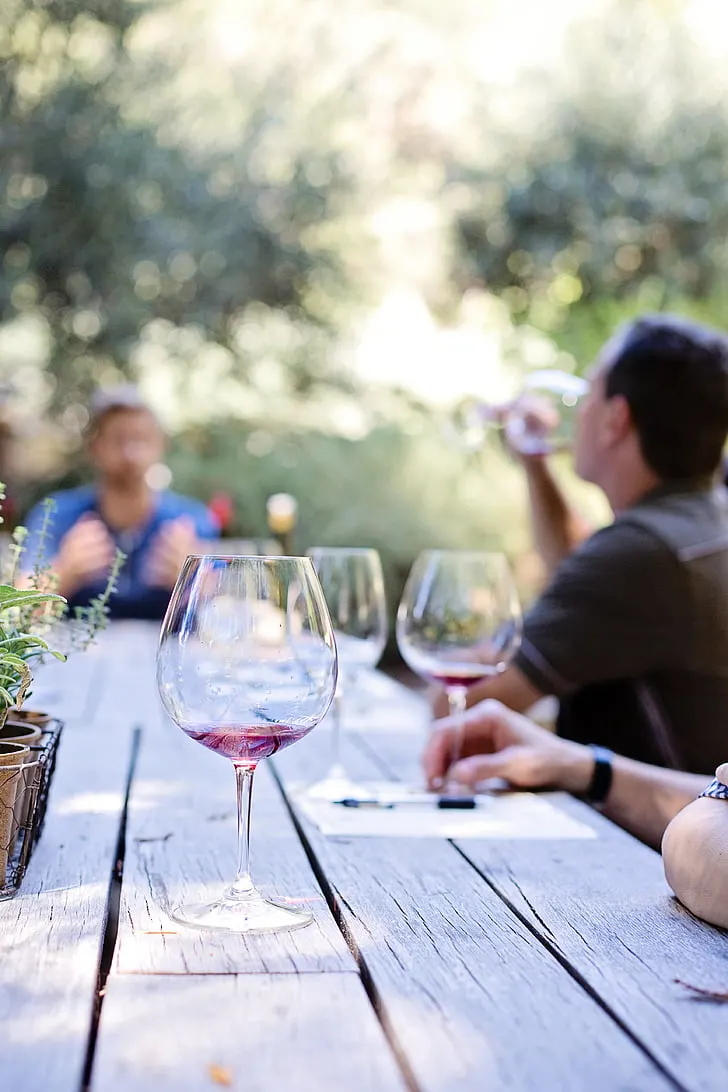
How To Pair Food With Wine Body
Colors matter to an extent, but what you really want to do is pair the weight of the food with the weight (body) of the wine.
What does this mean? In a nutshell, bold goes with bold, delicate with delicate, light with light, rich with rich, and so on.
In a wine, body can almost always be determined by the alcohol content (ABV). Full-bodied wines tend to have a high ABV, while light-bodied wines have a lower ABV.
As a food pairing rule of thumb:
- High ABV wines go with rich, bold foods.
- Low ABV wines go with delicate, lighter foods.
The reason for this is simple: you want the wine and the food to shine together as a unit. You want them to be balanced, not opposing forces.
As a real world example, you would never pair a Vinho Verde — a light white wine that clocks in around 7-10% ABV — with a fatty, robust filet mignon. The steak would annihilate the delicate structure and taste of the wine. Similarly, you would never pair a big, bold red Bordeaux with a plate of sashimi. You might as well be eating very expensive textured air.
But what ABV range separates the delicate from the bold? In general, you can assume the following:
- Under 12% ABV = Light-bodied
- Between 12%-13.5% ABV= Medium-bodied
- 13.5% and over ABV = Full-bodied
Now keep in mind, the same grape varietal can be light- or full-bodied depending on the wine region and winemaking technique. For example, Chardonnay can be full-bodied (13.5%+ ABV) or light-bodied (under 12% ABV). You always need to look at the ABV and wine region to make sure.
With all of this in mind, let’s see some examples of full, medium, and light-bodied wines as well as recipes to go along with each type of wine!
Full-Bodied Wines
Full-Bodied Whites
- Burgundy Chardonnay
- Viognier
- Rousanne
- White Bordeaux
Full-Bodied Reds
- Cabernet Sauvignon
- Red Bordeaux
- Petit Verdot
- Tannat
- Syrah
Recipes for Full-Bodied Wines
Medium-Bodied Wines
Medium-Bodied Whites
- Champagne
- Sauvignon Blanc
- Pinot Gris/Pinot Grigio
- Albariño
- Chenin Blanc
- Gewürztraminer
Medium-Bodied Reds
- GSM blends
- Merlot
- Tempranillo
- Nebbiolo
- Nero d’Avola
- Sangiovese
Recipes for Medium-Bodied Wines
Light-Bodied Wines
Light-Bodied Whites
- Vinho Verde
- Prosecco
- Moscato/Muscat
- Soave
- Reisling
Light-Bodied Reds
- Gamay
- Pinot Noir
- Bobal
- Lambrusco
- Schiava
- Carignan
Recipes for Light-Bodied Wines
What Else Do I Need To Know About Wine Body?
As I mentioned earlier, aside from body, there are three other wine qualities that are super important when it comes to pairing: acidity, sugar, and tannin (aka bitterness). So if you want to have all of the knowledge, read on, wine-os!
Read Next: How to Pair Acidic Wine like Sauvignon Blanc with Food
Read Also:
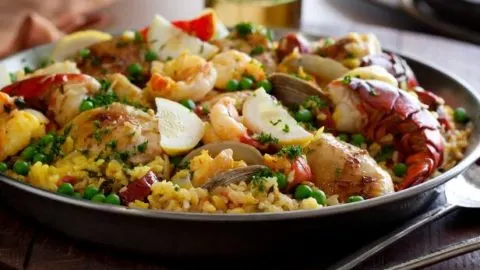
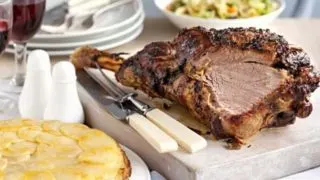
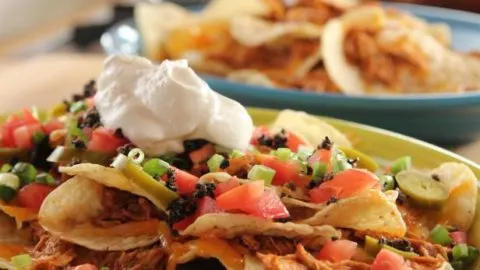
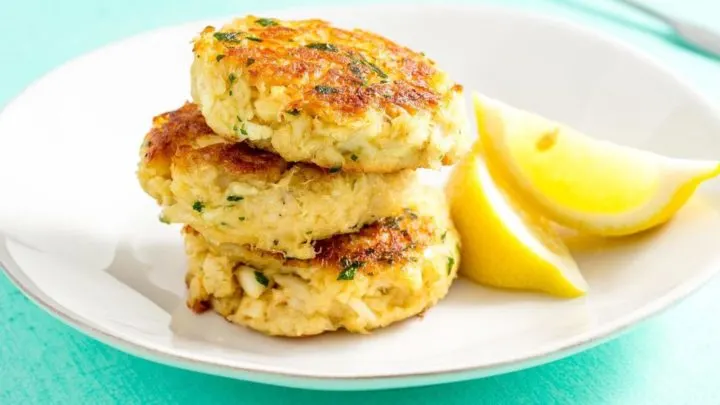
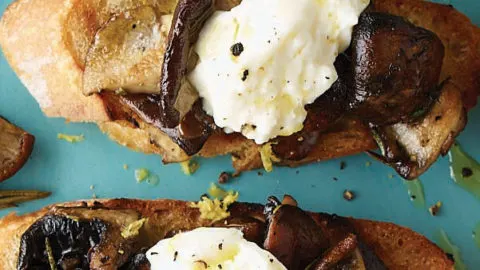

How To Taste Wine with Food For Beginners: A Quick & Easy Guide To Make You Look Like Wine Pro | Outside The Wine Box
Saturday 9th of November 2019
[…] you’re reading this, I also suggest reading my other posts on how to pair wine with food (different from tasting wine with food). You’re allowed to pair any food with any wine, but to […]